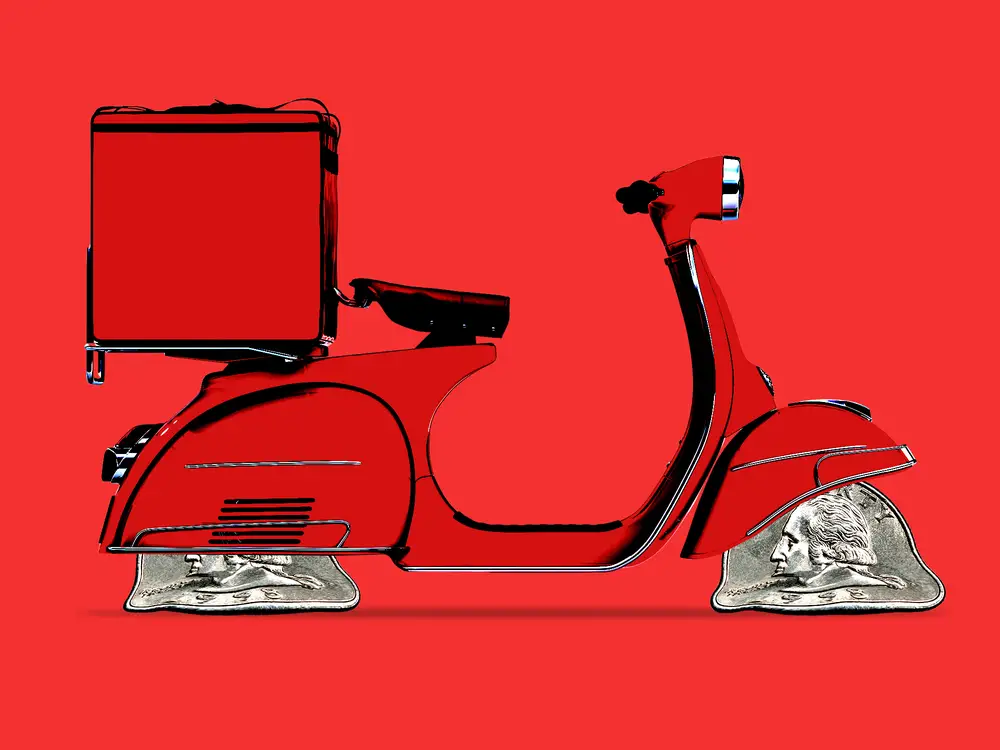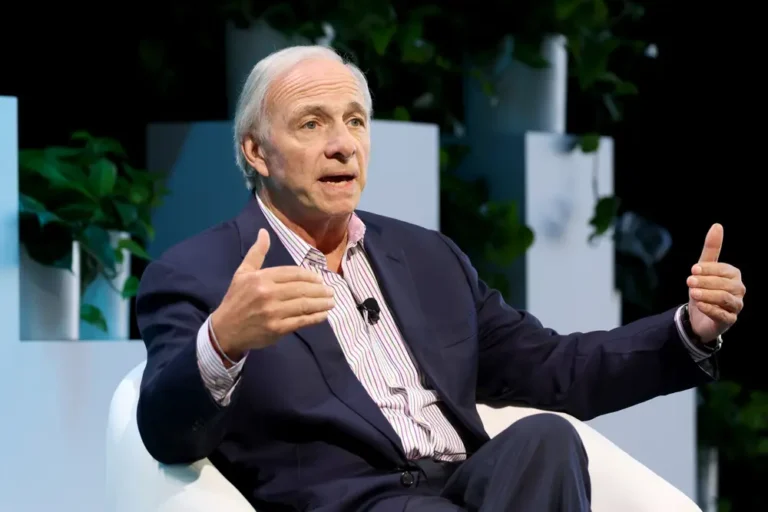Gig drivers say the job is getting less profitable. There are few other comparable options.

Americans who drive on gig platforms have few alternatives if they want jobs or side hustles that offer the same flexibility, accessibility, and pay.
The rise of gig driving platforms over the past decade has been “transformational” for Americans who want to supplement their incomes, said Andrew Garin, assistant professor of economics at Carnegie Mellon University’s Heinz College. This includes Uber, Lyft, DoorDash, GrubHub, Instacart, and Amazon Flex, among others.
“It’s very hard, in general, to find a place where you can show up, almost no questions asked, and make $300 in a day or two,” he said. “And rideshare basically meant anyone with a car has a pretty straightforward way to do that.”
Garin and other gig economy experts told B-17 that, in recent years, changes to platform commissions, increased driver competition, inconsistent customer demand, and mercurial customer tipping habits have made it more difficult for some drivers to earn money. For those who are frustrated by these changes, there are few opportunities that replicate gig driving’s perks.
Platforms like TaskRabbit and Rover offer gig work that’s not related to driving, but Garin said nothing has approached the scale of ride-hailing and delivery platforms.
To be sure, some drivers have found success with gig platforms and are content with their earnings. Additionally, people are still making money from the gig platforms: The share of Bank of America customers receiving income from gig work platforms has hovered between roughly 3% and 4% since early 2021.17
A DoorDash spokesperson told B-17 that the vast majority of its drivers are satisfied with their overall experience, while a Lyft spokesperson said that driving hours on the platform reached an all-time high in the third quarter of this year.
Experts told B-17 it’s difficult to estimate the number of US-based gig drivers across the different platforms. Meanwhile, many of these companies don’t publicly release the number of US-based drivers active on their platforms. Uber, Instacart, and Amazon didn’t respond to B-17’s question about the number of US-based drivers on their gig platforms.
A GrubHub spokesperson said the company has more than 200,000 active delivery partners nationwide, and a Lyft spokesperson said the company has over one million drivers based in the US and Canada. DoorDash declined to answer.
However, millions of people drive for these companies worldwide: For example, Uber announced in September there were more than 7 million monthly drivers and couriers worldwide, and a DoorDash spokesperson told B-17 that seven million people across the globe earned income through the platform.
Earnings hurdles affect both full- and part-time drivers
In 2022, Aaron Lavender gave up his stressful elementary school teaching job in Colorado to drive for Uber and Lyft full-time, he previously told B-17. But he said he wasn’t earning enough from ride-hailing to rely on it as a full-time gig, which is among the reasons he went back to teaching this year. He said it’s very hard to find other work with the instant pay and low barriers to entry of gig driving apps.
Jason D., a 50-year-old full-time Uber driver in Phoenix, previously told B-17 it’s become harder to make money in recent years. In the past, he’s tried tutoring, freelance web design, and pet sitting, but none of these avenues turned into a consistent income stream. He asked that his last name not be included for fear of professional repercussions.
Many gig drivers work part-time — and don’t rely on their job as their primary source of income: Uber told B that 73% of its drivers are active on the platform less than 30 hours a week. However, Lindsay Cameron, an assistant professor of management — whose research focuses on gig work — at Wharton School of the University of Pennsylvania, told B-17 that someone with a full-time job in addition to gig driving could still be significantly impacted by a decline in their side-hustle income.
“Most people are financially dependent on this,” she said of gig driving. “Maybe it’s to pay their water bill or their child support payment, or their kid comes home from college and runs the electricity bill.”
In the years to come, Garin said he thinks full-time drivers who are the most reliant on gig income could be the most likely to ditch platforms in response to earnings challenges. Part-time drivers could be more willing to tolerate lower pay — some extra cash might be better than none, he added.
Gig workers are looking elsewhere for better earnings
Experts told B-17 that with few comparable options in the gig economy, drivers may have to get creative.
Cameron said she’s seen some frustrated drivers turn to trucking jobs, along with service roles at retail stores or gas stations. Nicole Moore, a part-time Lyft driver and the president of the driver advocacy group Rideshare Drivers United, said some drivers have pursued business licenses and started their own private ride services. For people just looking to make some extra cash, reselling goods online and freelancing on platforms like Fiverr could be a good fit, experts said.
Others might take different paths to supplement their incomes. A Cleveland-based part-time gig driver previously told B-17 that she grew frustrated by inconsistent customer tipping on DoorDash. To boost her income, she decided to enroll in college and do janitorial work while continuing to drive for Uber part-time.
For those who stick with gig driving, juggling multiple platforms at the same time could help boost their earnings, said Sergio Avedian, a part-time gig driver based in the Los Angeles area and senior contributor to the gig-driver-advocacy blog and YouTube channel The Rideshare Guy.
Avedian typically has three-to-four gig apps open at once across two different phones. He’s found some success doing ride-hailing trips in the morning — when workers are commuting — and then pivoting to food delivery during lunchtime.
“The way I look at it is I’m an independent contractor and my time is for sale to the highest bidder,” he said.
We want to hear from you. Do you work in the gig economy? Please fill out this form.






